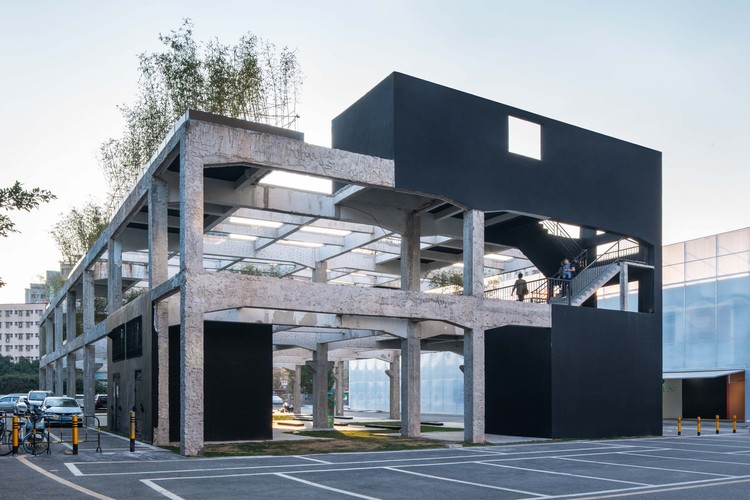
-
Architects: ARCity Office
- Area: 1000 m²
- Year: 2019
-
Photographs:Yu Bai

The exterior of Qiaotou Ruin Garden - An vacant industrial building was transformed into a "ruin-structure space" between ruins, architecture, landscape, art installations, and infrastructure. The slab, roof, wall, and floor were partially removed, and the ruins of the structural frame body remained. Flower ponds and bamboo were placed on the frame to form a sky garden.














































